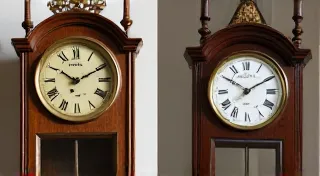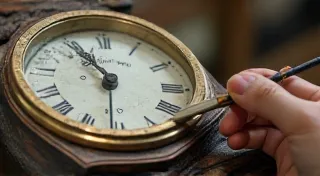American Tall Clocks: A Regional Guide
American tall clocks, also known as grandfather clocks, represent a fascinating chapter in American craftsmanship and history. While the basic design remained relatively consistent – a tall, freestanding case housing a weight-driven movement – regional variations offer valuable clues for clock identification and assessment. This guide explores these differences, helping you understand the unique characteristics that define tall clocks from different parts of the nation.
The New England Tradition (1780-1820)
New England, particularly Massachusetts and Connecticut, was the epicenter of early American clockmaking. Tall clocks from this region are generally characterized by their simplicity and functionality. Designs often reflected the prevailing Georgian style. Expect to see:
- Clean Lines & Minimal Ornamentation: Decoration was typically restrained, focusing on simple molding and graceful curves.
- Hood Designs: The hood, or top section, often featured arched or curved tops, sometimes with delicate fretwork.
- Dial Markings: Dials were often marked with the maker's name and town, providing crucial identification information. "Boston" or "Windsor" markings are common.
- Case Woods: Cherry and maple were the most prevalent woods.
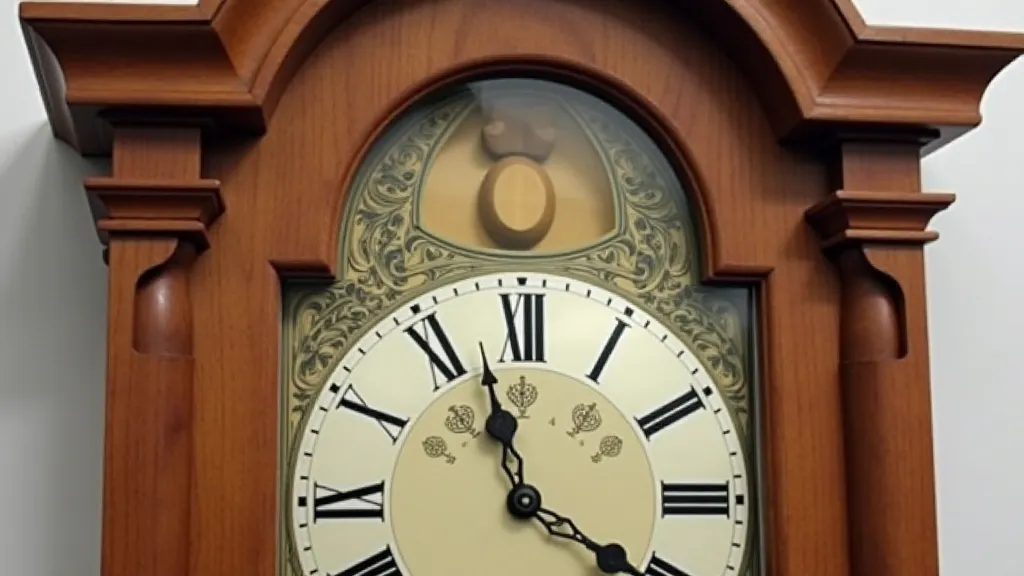
The Mid-Atlantic Style (1790-1830)
In the Mid-Atlantic states, such as Pennsylvania and New York, clockmaking flourished as well. While influenced by New England styles, Mid-Atlantic clocks often exhibited a touch more ornamentation and a more individualistic approach to design. Key features include:
- More Elaborate Hoods: Hoods tended to be more ornate, featuring more intricate carving and decorative elements.
- Case Shape Variations: While the basic tall case shape remained, Mid-Atlantic clocks often experimented with more unusual proportions and angles.
- Walnut Usage: Walnut became increasingly popular as a case wood, lending a richer, darker appearance.
- Influence of Germanic Styles: Pennsylvania, with its significant German population, sometimes incorporated elements of Germanic clock designs.
The Southern Aesthetic (1800-1840)
Southern clockmaking was often less centralized than in the North. Clocks from the South often reflected the more rural and less industrialized nature of the region. Characteristics to look for:
- Simpler Construction: Construction was often less refined compared to Northern examples, reflecting the limitations of available resources and skilled labor.
- Less Refined Ornamentation: Decoration was often quite basic, sometimes appearing almost folk art in style.
- Pine Usage: Pine was frequently used for the case construction, often stained to resemble more expensive woods.
- Regional Makers: Clockmakers were often small-scale, operating from their workshops and serving local communities.
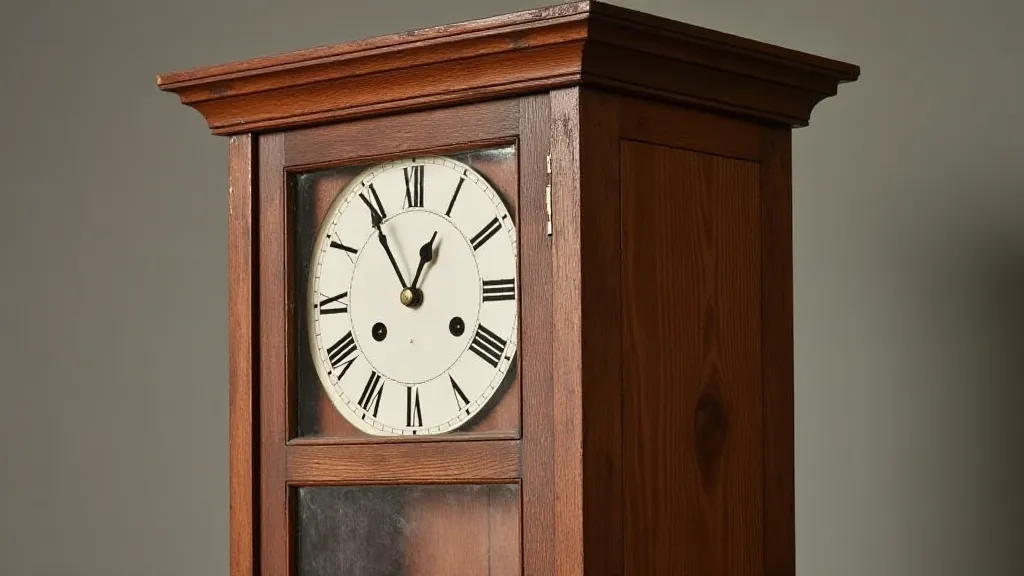
Identifying Regional Differences: Key Considerations
While these regional descriptions offer general guidelines, remember that exceptions always exist. To accurately identify a tall clock's origin, consider these factors:
- Maker's Mark: The most definitive indicator. Research the maker's known location and style.
- Dial Details: Dial markings, numerals, and hands can offer clues to the clock's origin.
- Movement Construction: Movement designs and materials can sometimes be indicative of regional schools of clockmaking.
- Case Wood & Finish: The type of wood used and the finish applied can provide subtle clues.
The Evolution of the Tall Clock
The American tall clock evolved over time. Early clocks (late 1700s to early 1800s) are often considered the most desirable by collectors. Later clocks (mid-1800s) often incorporated more mass-produced components and reflected changing tastes. Understanding this evolution is critical for accurate identification and valuation.
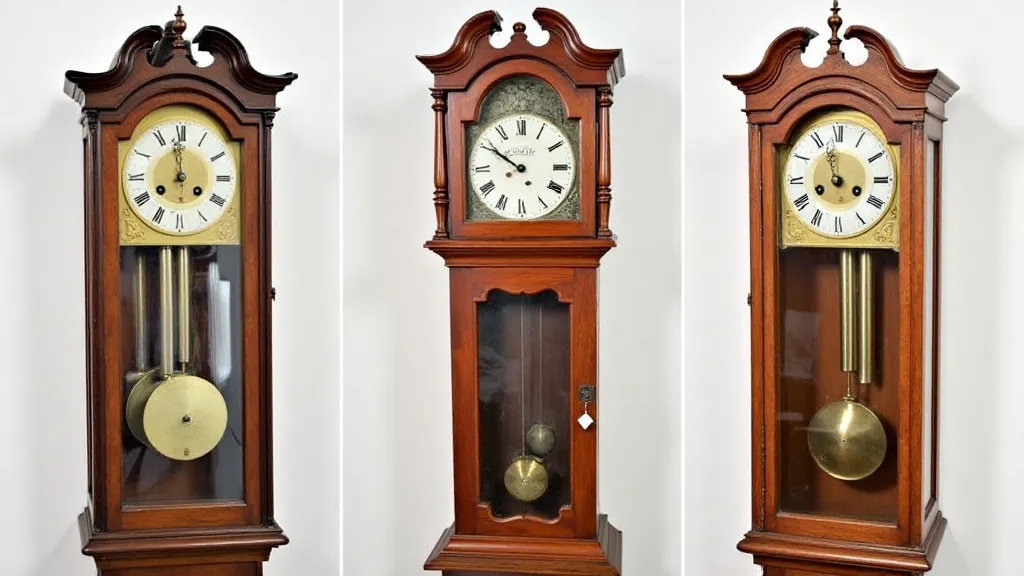
By carefully examining these regional characteristics and paying attention to detail, you can begin to unravel the fascinating story behind American tall clocks.

